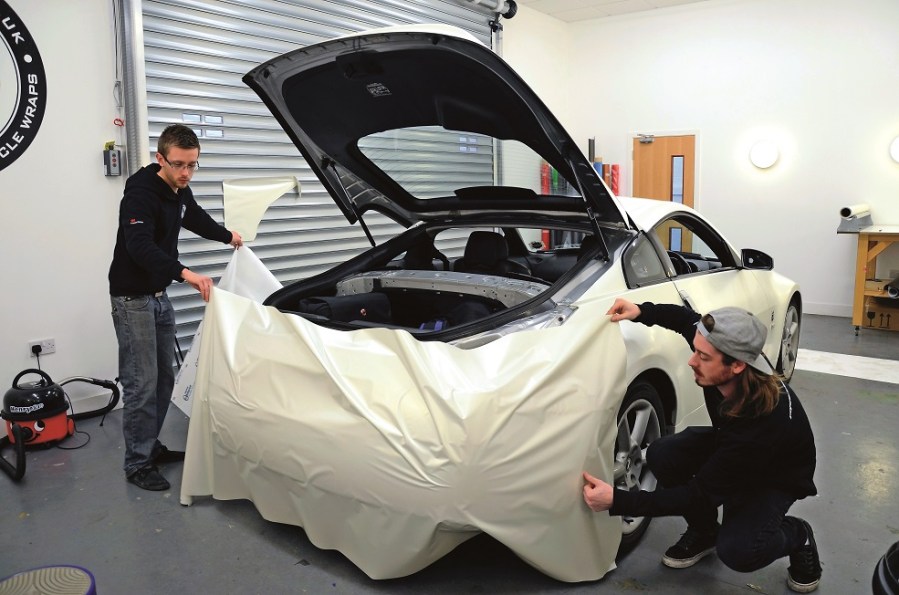Want to understand the different types of car wrap finishes? This guide has got you covered!
If you’re going through expense and effort of wrapping your car, you’ll want to ensure that every detail is up to scratch. If you’re anything like us, a visual modification that isn’t quite what you envisaged can constantly grate on your mind – and that’s no way to enjoy your project car.
So, before you commit to any plans, make sure that you understand exactly what each of the different car wrap finishes can offer you. Here’s what to expect from the final look:
Car Wrap Finishes
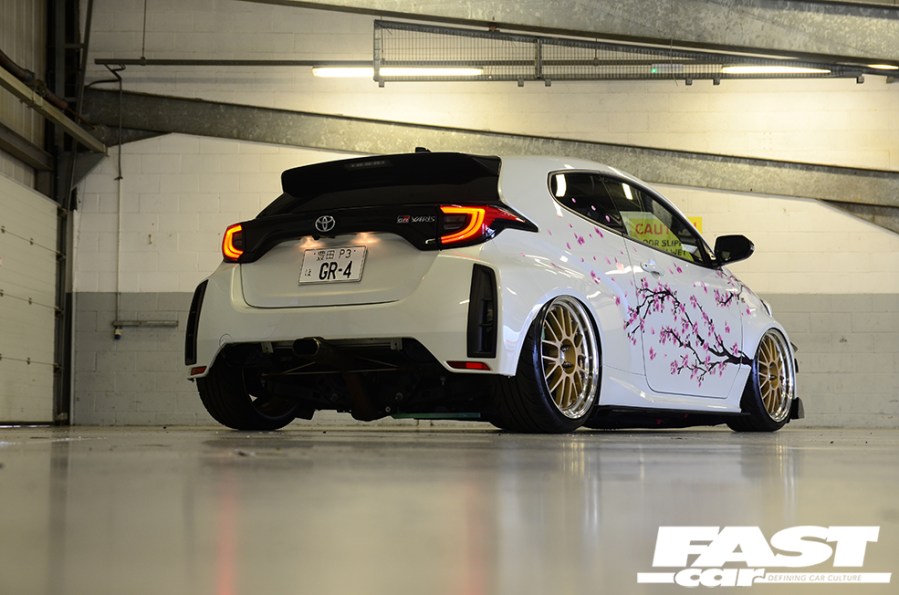
Clear wrap with decal
First off, what if you don’t want to change the overall color of your car, but instead want to add some extra details? Well, you’ll need to pick one of two options.
Either go with a traditional sticker-like decal, or opt for a full clear wrap which incorporates your chosen graphic design on top. That way, there’s no risk of misaligned placement, but as it uses more material and requires more labor, it’ll almost certainly be more expensive.
Still, if you want to go down that route, you can typically add a graphic decal with any of the finishes listed below…
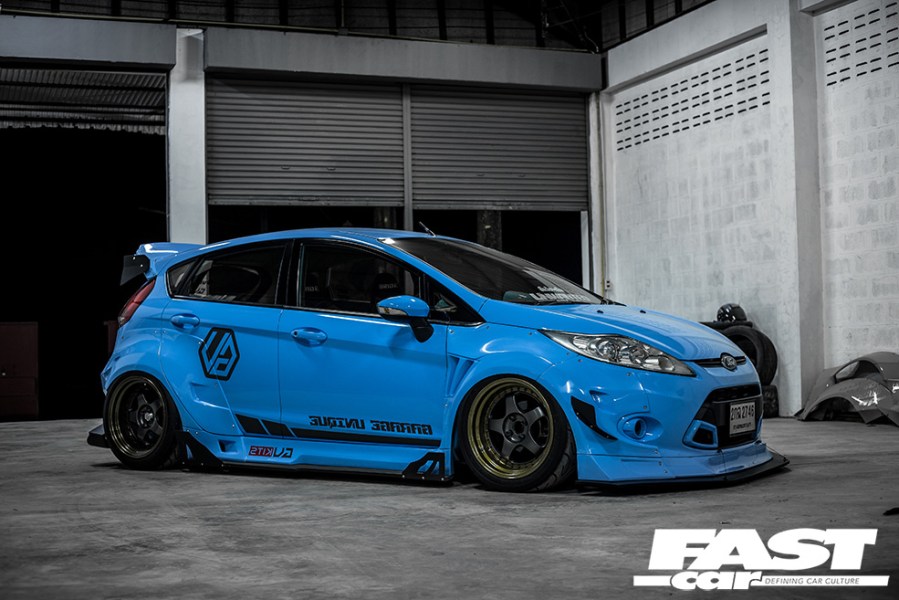
Gloss
Gloss is what many people consider to be the ‘default’ finish for car paintwork, and the same applies to car wraps. Put simply, a gloss finish is one which has quite a high level of sheen, giving it a shiny quality.
Due to it being quite basic to construct, you can find gloss wraps in literally hundreds if not thousands of different color variations. In fact, you can even get a specific color match if you really want. So, if it’s versatility, low cost, and an aesthetically pleasing end product that you’re after, a gloss wrap will be the way to go 90% of the time.
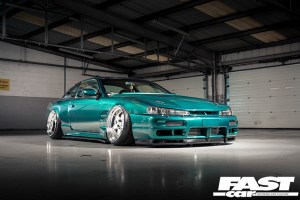
Metallic
But what if you want *more* shine? A metallic wrap is what it says on the tin – a wrap with a sheen that gives it a similar appearance to metal. This is achieved by adding metal flake or a metal coating into the wrap, just as you would when creating metallic paintwork like that of the S14 pictured above.
There are variations within metallic wraps too. For instance, you can get different degrees of shine, or added extras like a glitter effect that sparkles when light catches it.
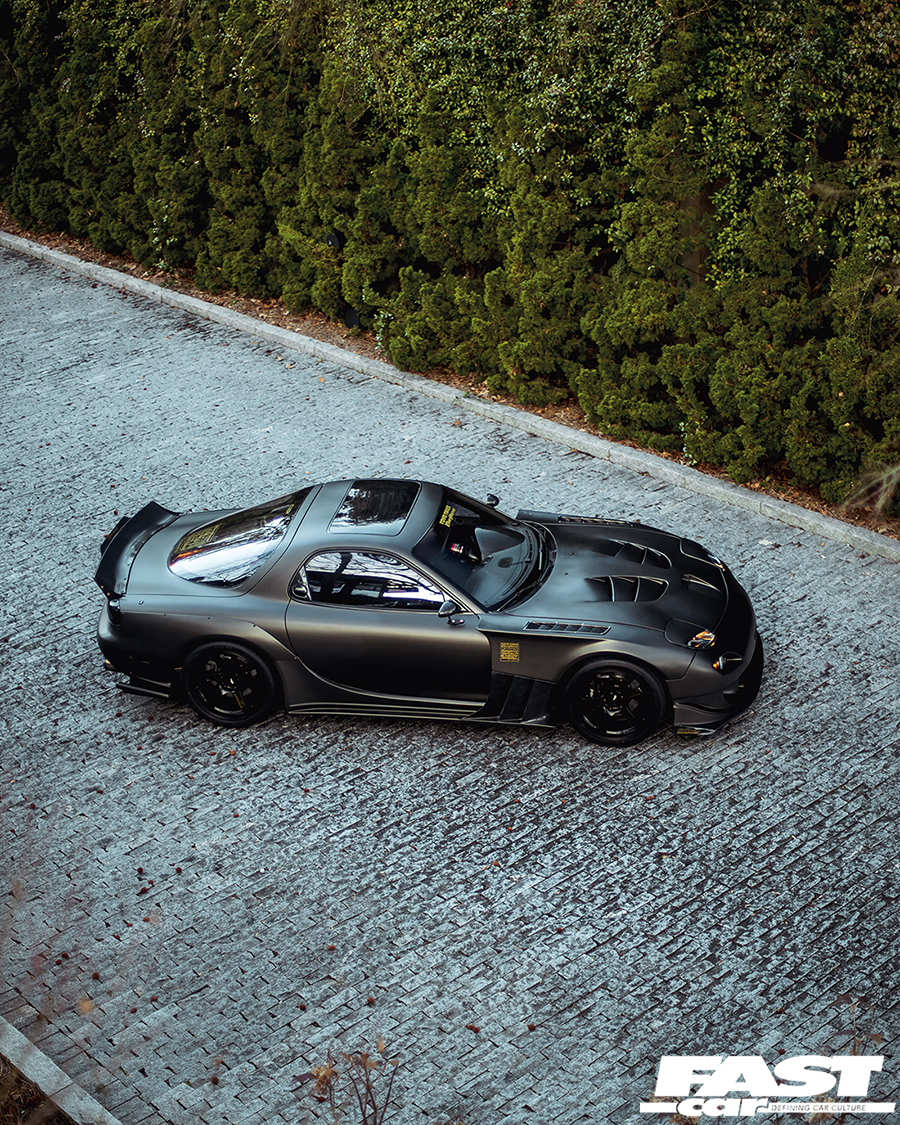
Matte
On the complete opposite end of the spectrum, there are matte wraps. Whereas metallic wraps are meant to be bright and eye-catching, matte ones have a much flatter finish, offering little in the way of shine or reflection.
A divisive style, matte wraps gained popularity throughout the 2010s and remain an often-seen choice (if not quite as regularly nowadays). As such, there remains a wide range of suppliers offering numerous matte color choices beyond the obvious blacks and greys. So, if you want to give off a bit of a villainous aura, consider a matte wrap… or perhaps the option we’re about to touch on next.
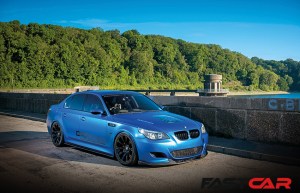
Satin
For some people, pure matte wraps are just a little too extreme; too visually blunt. We’ve even heard the opinion that they can make a car look as though it’s still a work in progress, rather than the finished article.
So, if you want the flatter look, but would prefer your car to have more reflective qualities (and thus look a bit more like an OEM option), satin wraps could be the perfect solution.
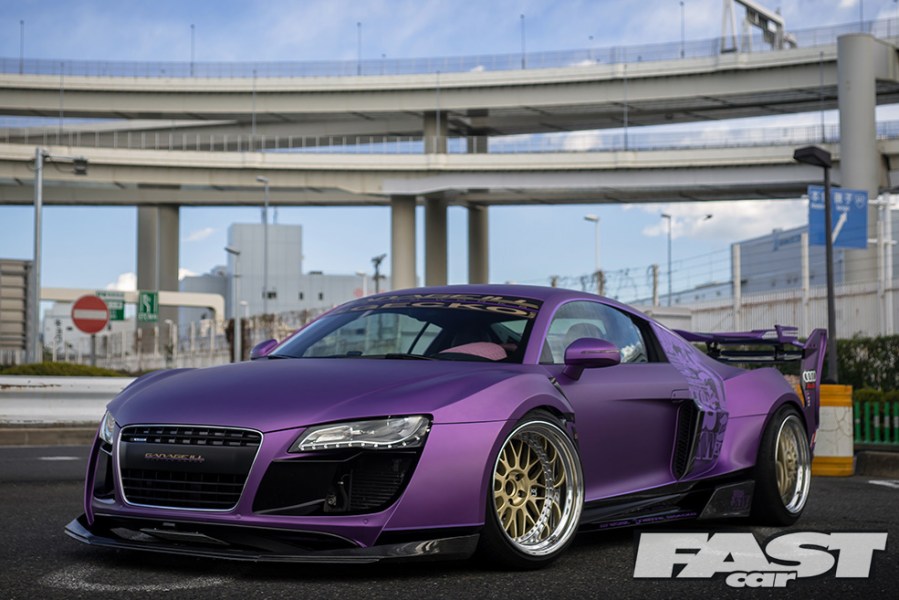
Matte Metallic
If satin is getting nearer to what you’re looking for, but still doesn’t quite fit the bill, then you might like to go down the matte metallic route instead.
This option gives you the best of both worlds: a matte vinyl, with metallic flakes mixed into the base layer. The end result is minimal shine but crisp metal reflective qualities, arguably positioning it between matte and satin on the ‘shiny scale’ that I’ve just come up with. It’s a tricky one to describe, but hopefully the example given above can do the talking for me.
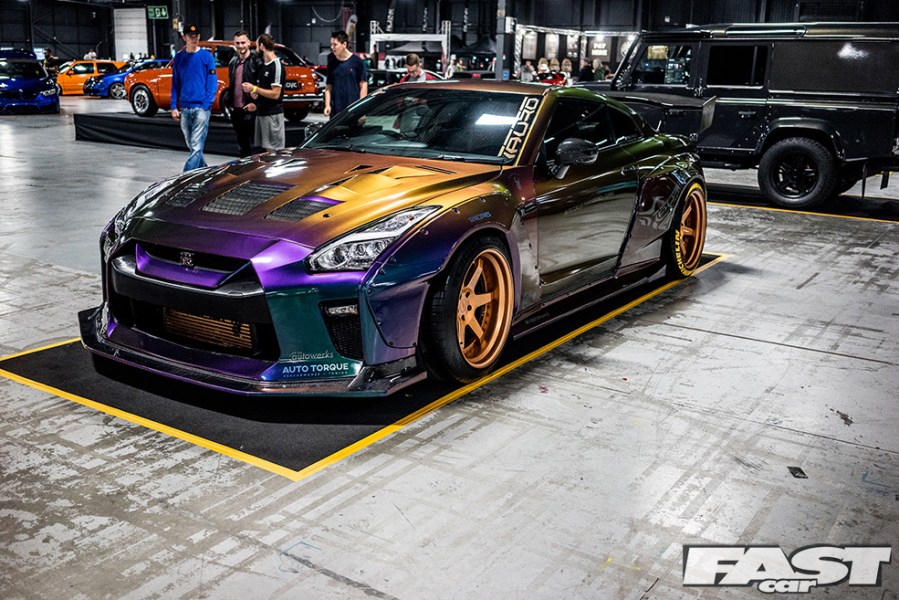
Pearlescent / Flip
Not sure which color will suit your car the best? No problem. Typically based on wraps with a metallic finish, pearlescent or ‘flip’ wraps change color depending upon the angle that you’re viewing from. It’s all to do with the direction of light reflecting off the body panels. Very cool stuff, but also very nerdy.
Believe it or not, the concept has been around for quite a while. Plucky British marques, TVR and MG, even used to offer flip colors as factory options back in the early 2000s. Still, you don’t see many cars sporting this look today, so if you want to stand out from the crowd, this is a great way to do so.
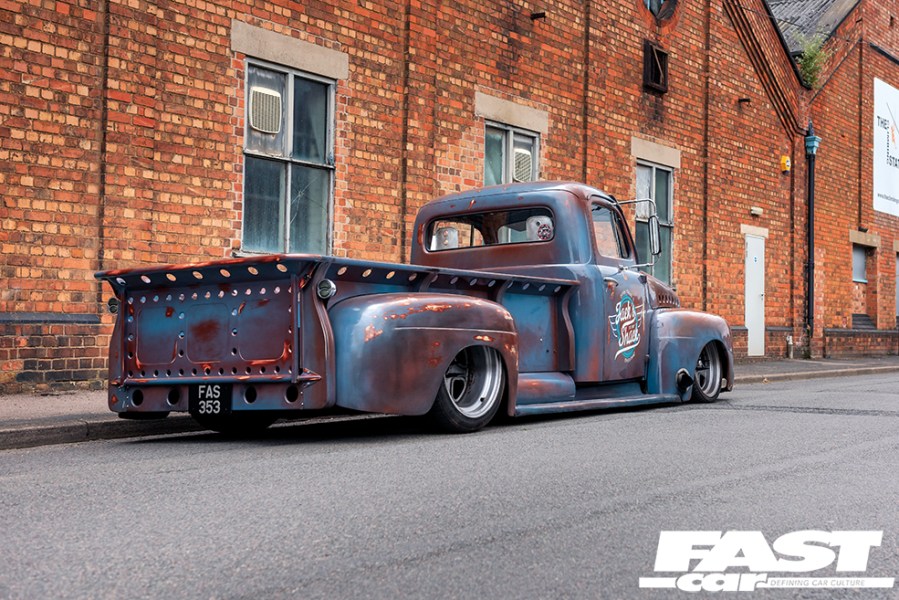
Brushed Metal
Metallic wraps attempt to mimic the visual qualities of a metal, but what if you simply like the look of a certain metal, and want to replicate it? That’s where brushed metal wraps come into play.
The intention here is to apply a satin finish on top of a certain type of metal, giving it a ‘sounded down with grit paper’ kind of style (hence the ‘brushed’ part of the name). Stainless steel is a common choice, and as the metal itself is actually incorporated within the wrap, your car will have a novel texture to it, as well as a novel aesthetic.
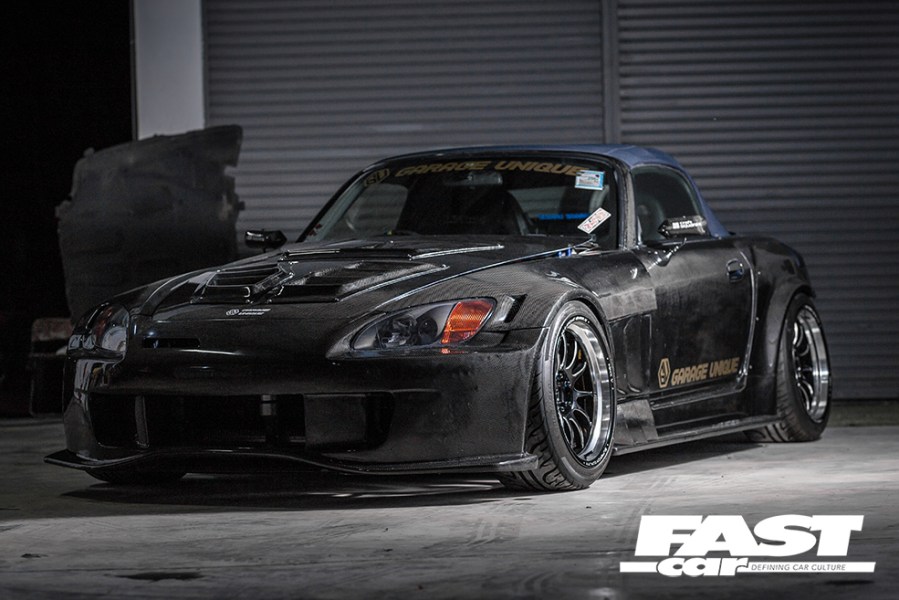
Carbon
The draw of genuine carbon fiber body panels, like the ones on the S2000 above, are the fact that they’re much lighter than stock panels. So, from a performance perspective, that’s a lot of useful weight saving. However, on top of that, some people just really like the look of exposed carbon.
The trouble is, real carbon body panels are very expensive. So, if you like the carbon visual effect, a simple carbon-style wrap is a much easier way to replicate the look. It gives you more license to be creative too, as at the end of the day, it’s just vinyl – there’s nothing holding you back from using a different color, or adding intricate accents if you wish.
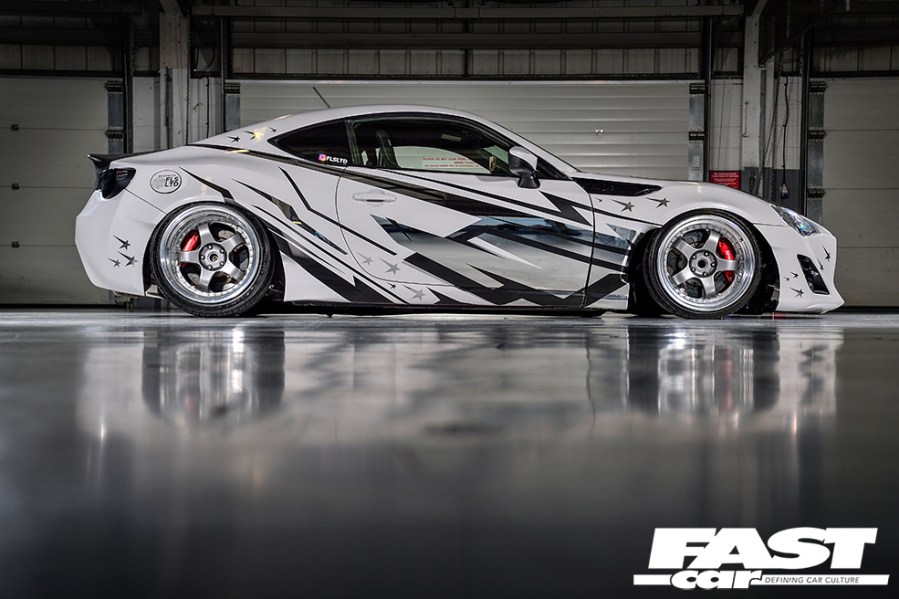
This GT86’s wrap includes a chrome accent along the front arch and door.
Chrome
Chrome is definitely the most attention-grabbing finish you could opt for. Typically, it’s the most expensive wrap option too, and due to the way it’s constructed, also happens to be the least resilient to chips and scratches.
Anyway, the idea here is to create an ultra-reflective finish with mirror-like qualities. Most of the time, a full chrome wrap is considered a bit ‘much’, unless you’ve got the taste of a FIFA YouTuber or a Middle Eastern sheikh. Instead, within the community of modified car enthusiasts, you’ll more commonly see chrome finishes used as accents within a larger wrap design (typically contrasted with a softer gloss base color) as is the case with the GT86 pictured above.
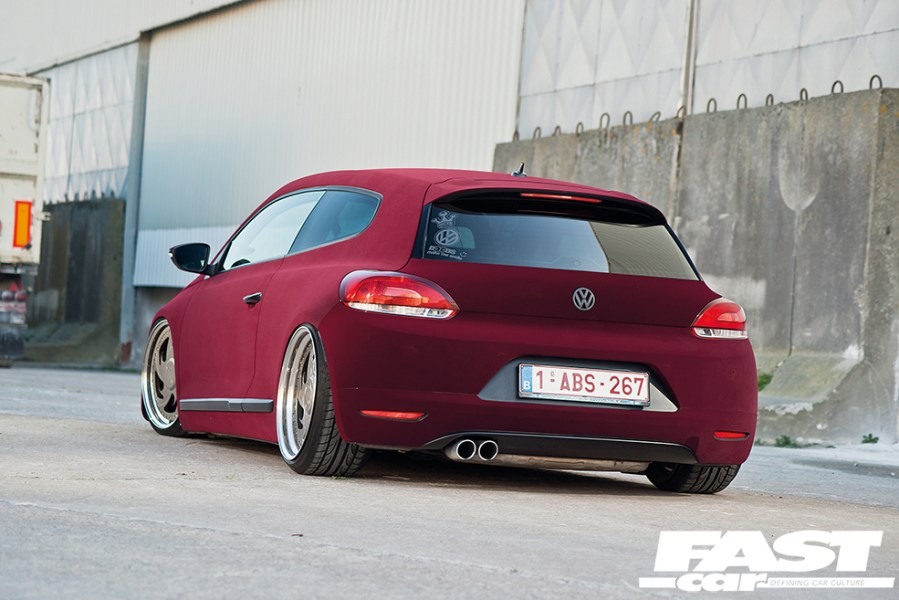
Velvet
Now this is something you don’t see often, if at all…
Velvet wraps are not something you can source very easily, but it is possible. In most cases, you’ll have to approach a wrap supplier or installer with a special request as, let’s be honest, this style isn’t common enough for you to buy off the shelf.
Still, if velvet is indeed part of your project vision, you can sleep well in the knowledge that yes, you can give your car a soft-to-the-touch exterior if you really want to. Suppliers simply adhere your chosen fabric to the regular polymer wrap, et voila, you’ve got yourself one truly unique ride. Mind you, detailing a velvet car might prove to be a difficult job.

